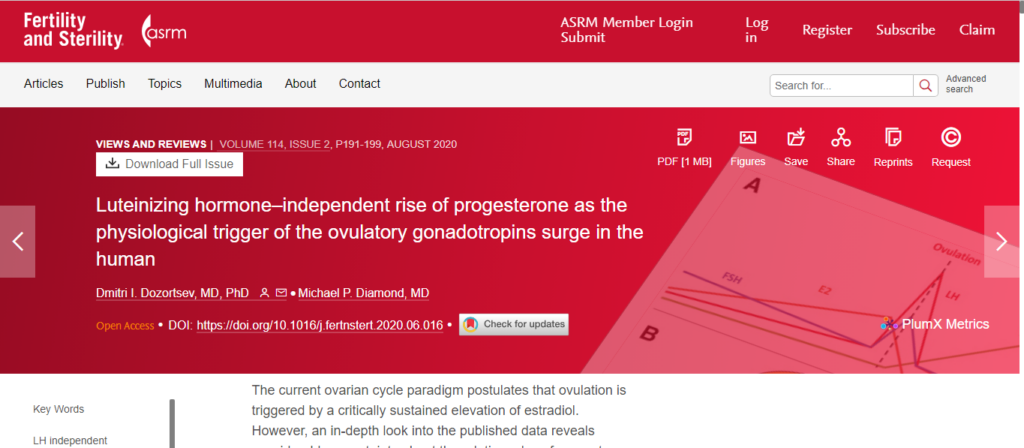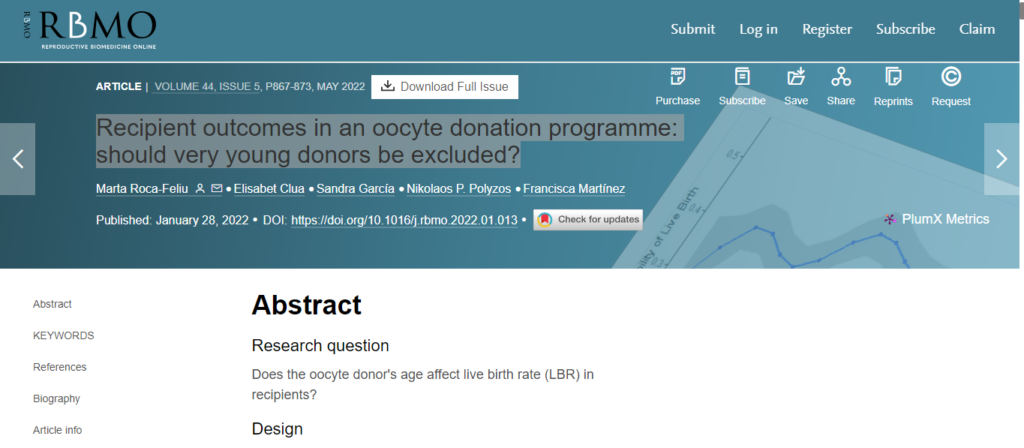When untreated, Pelvic Inflammatory Disease can have a serious impact on a woman’s fertility. Learn the signs to help you identify and treat the disease before it causes significant harm.
When left untreated, Pelvic Inflammatory Disease (PID) can have potentially devastating effects on a woman’s fertility. Recognizing the symptoms and getting treated early can help you preserve your ability to conceive safely.
What is Pelvic Inflammatory Disease?
PID is an infection of the reproductive organs, including the uterus and fallopian tubes, that occurs when bacteria travels into the reproductive organs from the vagina or cervix. It can be caused by many different types of bacteria, but it is most commonly associated with sexually transmitted infections (STIs) — particularly chlamydia and gonorrhea.
PID occurs as a natural progression from untreated STIs. There are a variety of symptoms associated with PID, but they are often mild and go undetected. Some of the symptoms of PID include: pain in the pelvis and lower abdomen, bleeding or pain during intercourse, fever, difficult or painful urination, and foul vaginal discharge.
When untreated, PID can cause scarring and the formation of abscesses (collections of infected fluid) in your fallopian tubes, harming your reproductive organs and significantly reducing your chances of successful conception.
How to Diagnose, Treat, and Reduce the Risk of PID
PID is generally diagnosed based on the signs and symptoms a woman reports. There is no actual test for PID, but there are tests for the STIs that are likely to have caused it. This means that when you go to your doctor with PID symptoms, they may send you for STI tests in addition to other potential tests for PID diagnosis. These can include blood and urine tests, an ultrasound, an analysis of vaginal discharge and cervical cultures, or a pelvic exam to help determine what might be causing the infection.
Once PID is diagnosed, treatment typically involves antibiotics that are introduced either orally or intravenously. Your doctor will likely give you antibiotics immediately and then may adjust as needed after your lab results come back. Fast action is important when dealing with PID, because while antibiotics can prevent further damage to the reproductive organs, there is no way to reverse the damage that has already occurred. In roughly 75% of cases, PID does not require hospitalization.
In addition to antibiotics, treatment of PID involves having your partner tested for STIs. If your partner does test positive for any STIs, they must be treated immediately so as to prevent recurrent bouts of PID after treatment.
The main ways to reduce the risk of PID are the same as those to reduce the risk of STIs. The best ways to reduce the risk of PID include:
- Practicing safe sex by always using a condom and asking about a potential partner’s sexual history.
- Getting tested for STIs if you are at risk of having one. If necessary, you should consider scheduling regular testing with your doctor. Treating an STI early is your best chance of preventing it from progressing into PID.
- Not douching, since it upsets the balance of bacteria in the vagina.
PID and Fertility
Out of the approximately 750,000 women who contract PID every year, anywhere from 10-15% (75,000 to 112,500) will experience fertility struggles as a result. The likelihood of PID affecting a woman’s chances of conception increases with each recurrent episode, with 33% of women experiencing fertility problems after two episodes and 75% having problems after three episodes.
When PID is left untreated, it causes irreversible scarring to the fallopian tubes. If the fallopian tubes are fully blocked by scar tissue, sperm will be unable to reach the egg. In the case that the scar tissue only partially blocks the fallopian tube, you might have an ectopic, or tubal, pregnancy. An ectopic pregnancy occurs when the fertilized egg fails to travel into the uterus, causing it to get stuck in the fallopian tube. This can lead to the tube rupturing, causing extreme pain, internal bleeding, and potentially even death.
Pregnancy After PID
If you are hoping to get pregnant after PID, it is best that you consult with a fertility specialist to understand your risks and your best options for successful conception. If you are concerned about your risks for ectopic pregnancy, you should consider conception through in-vitro fertilization (IVF). With IVF, you completely bypass the fallopian tubes, thus decreasing the danger caused by PID.
If you have PID and want to know how it might affect your chances of becoming pregnant, don’t hesitate to schedule an appointment with the fertility specialists at the AFCT. If you believe that you currently have untreated PID, it is important that you first reach out to a doctor to get this diagnosed and treated. Treatment can reduce the potential of scar tissue, which is the main concern of PID as it relates to fertility. After you have been diagnosed and treated, the specialists at the AFCT can help guide you through a conversation about how your PID may affect your fertility and what your best next steps are.



